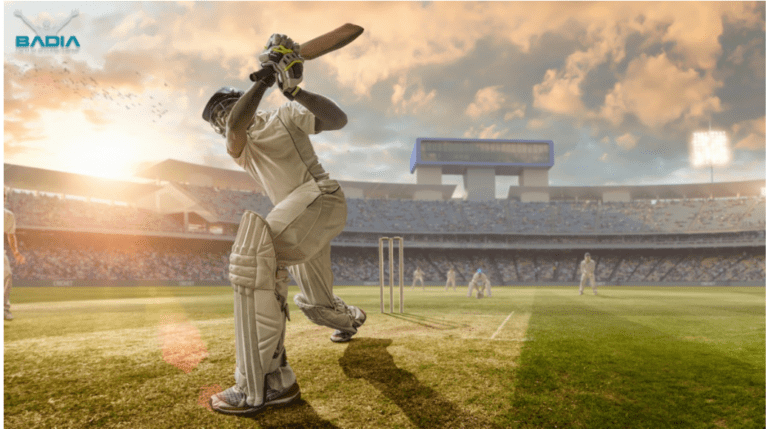
Traumatic sports Injuries to the fingers and thumb are commonly occurring, occasionally career ending, lesions to the competitive athlete, particularly cricket players. While often neglected, these injuries can occur in both contact and non-contact sports due to the crucial role the hand plays in many sporting activities. Unfortunately, these rarely receive much attention by the trainer or traditional team doctor, and it is only when the pain, swelling and functional deficit persist that the patient is referred to the hand surgeon specialist. The injury is often given the misnomer “jammed finger”, yet a clear diagnosis is rarely established, and this can have disastrous long term consequences to hand function and consequently, athletic performance.
Digital injuries usually occur via an axial impaction mechanism in ball sports, while twisting injuries are seen more in contact sports. Regardless, the injuries can range from simple collateral ligament sprains, to tendon avulsions, or even complex articular fractures. The exact diagnosis will determine treatment and the time of return to sport. Thumb injuries overwhelmingly occur at the critical MCP joint, with ligamentous injuries requiring careful deliberation if operative intervention is needed.
Early assessment will allow for the appropriate type and position of protective immobilization, often allowing continued play. More severe injuries, requiring surgical intervention, are also best treated early as this will lead to the best possible result and then allow faster return to competition. Articular fractures of the PIP joint are good examples, in that delayed recognition will completely alter the treatment options. For example, a complex fracture dislocation may be amenable to dynamic external fixation if assessed within first ten days, but delayed evaluation and treatment may then require a less predictable reconstruction, such as hemi-hamate arthroplasty.
Arthroscopy, particularly at the finger or thumb MCP joint, provides a less invasive and more accurate way of assessing chronic pain issues at this joint. Acute injury, such as a bony gamekeeper’s fracture, can also be more optimally treated via arthroscopy, avoiding the scar formation that can delay recovery and return of necessary motion.
Finger injuries are commonly seen in Bahamian cricket athletes and early recognition is key. Team physicians, trainers, coaches and cricket players themselves must learn that optimal long term function depends on early, accurate diagnosis and the hand specialist should be involved from the onset.

Monday- Friday: 8:30AM- 5:00 PM
Saturday- Sunday: Closed